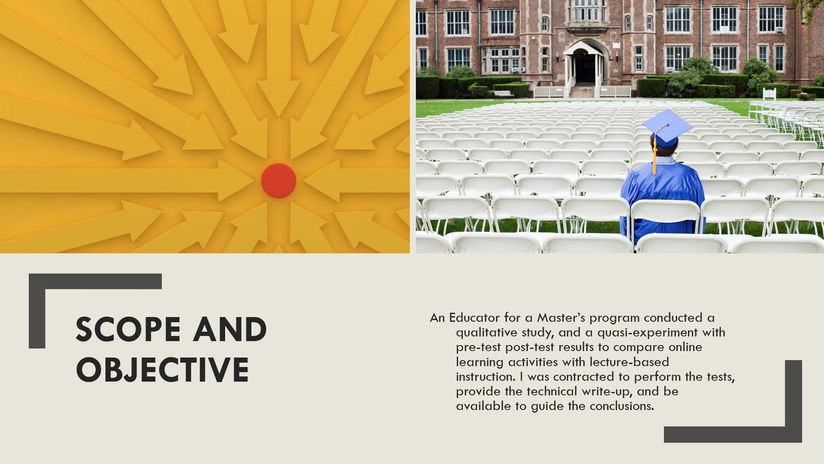

SAVVY ANALYTIC SOLUTIONS
PORTFOLIO
FORMAL ANALYSES
Formal Analyses for the purpose of Documentation or for Academia
Quantifying Effects of Improvement: for Finance & Accounting Forecast
ABSTRACT
The Company website’s “Contact Us” page was redesigned with a prominent Chat Option September 29, 2014. This Expansion was an initiated to promote Chat and decrease Call Volume. Although chat volume increased after the September 29th expansion, call volume remained the same. A multivariate regression analysis was conducted to examine the quantitative effects of the chat expansion on call volume and reasons that the call volume remained steady. The resulting model accurately predicts peaks and troughs in chat volume at the 99.99% confidence level (F=71.40, p-value<.0001). Likewise, the model is a good representation of the variation in the process with an Adjusted R-squared of 72%. Holding the other regressors constant, the Chat Volume increased by about 4563 or about 50% per day since the expansion. This was almost twice the increase that resulted from the secondary iPhone release. Not surprisingly, each call that is answered within 20 seconds, decreases Chat Volume by 3415.15. Extrapolations cannot be made outside of the date parameter used in this particular analysis.
Determining Predictors for High Achievement in Math:
An Ordinal Logistic Regression Analysis
ABSTRACT
“Data-based decisions” is quickly becoming the buzz in education. Analyzing data can help to identify solutions to problems, clarify complex issues and find ways to effectively use resources and can lead to better decisions. The use of assessment data is one specific type of data-based decision making that can be used to drive instructional improvement. Consequently, assessment and instruction are working together in many schools. The goal of this research is to eliminate as much bias as possible from the identification of students with the potential for high mathematics achievement.
To aid in predicting future success or upcoming potential difficulties for the student, mathematical models could be developed to predict future success or identify possible trouble or fertile areas that may need attention. To capture a large percentage of would-be high-achieving students, these models would also need to include teacher rating scales, classroom assessment scores, and standardized test scores from most of a district or state. These data are not available to the public, and so a preliminary model will be developed using de-identified data that was made available by David Loham of Riverside Publishing.
The purpose of this longitudinal quantitative study is to determine a model using just the Cognitive Abilities Test (cogAT) and Iowa Tests of Basic Skills (ITBS) that can be used to predict high math achievement on the Iowa Tests of Basic Skills (ITBS). This study will explore which, if any, ITBS and/or cogAT subtests can be used to identify those potentially high achieving math students.








